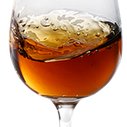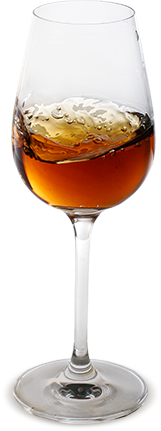


Cooking time: 30 min
First, moisten the day-old bread in water to soften it. We recommend removing the crust of several slices of rustic bread (pan payés) and placing it in cold water until it becomes softened.
Meanwhile, bring water to a boil to blanch the almonds. This is done by placing the almonds in a colander and pouring two or three spoonfuls of boiling water over them. Once they have cooled, peel the almonds.
The traditional method of making ajoblanco calls for grinding the garlic cloves and almonds by hand in a mortar bowl with some coarse grains of salt. Then the soaked bread is added until a paste is formed, gradually adding the olive oil and blending together. Next, the Sherry vinegar is added and lastly, the cold water.
In my view, an equally efficient and acceptable option is to place the peeled almonds and garlic cloves in a mixer glass together with some cold water from the fridge. Blend well with a hand-held mixer; then add the bread, oil and vinegar and blend some more. Lastly, add the remaining cold water, salt to taste and place in the fridge until completely cooled.
This exquisitely complex wine is a winner in many fields—distinctively capable of adding its personal touch to a wide array of dishes: smoked fish, cured cheeses, white meat, oily fish or even spicy dishes. As a companion to certain vegetable dishes such as asparagus or artichokes, the result is sublime.

Amontillado should be served at a temperature of between 12 and 14º C.
It is an ideal wine to accompany soups and consommés, white meat, blue fish (tuna), wild mushrooms and semi-cured cheeses.
It combines perfectly with vegetables such as asparagus and artichokes.
Serve it between 12° and 14° C in a white wine glass.
Its dry and intense flavour adapts to difficult and risky pairings.
Its composition allows it to be stored in open bottles for months.